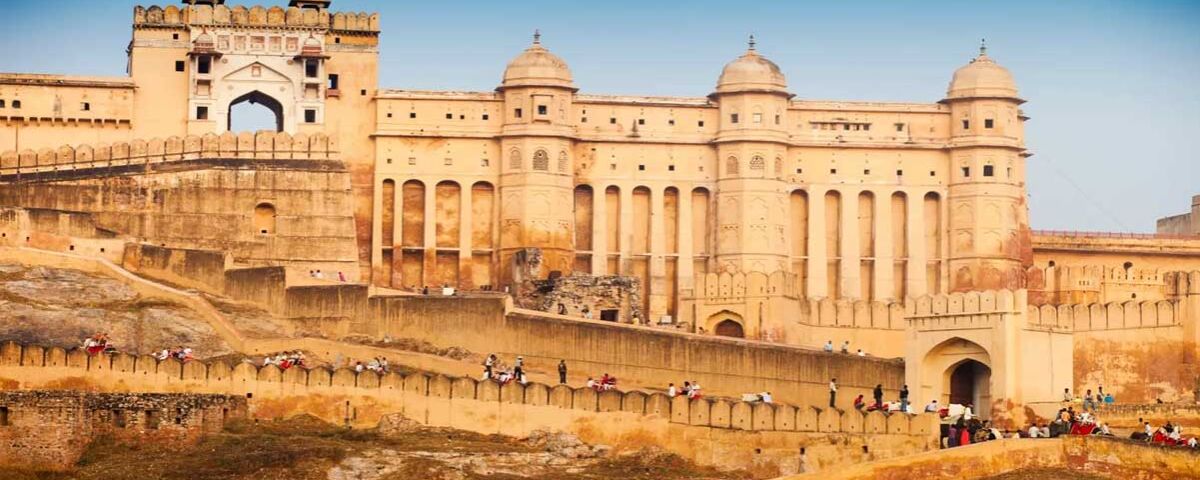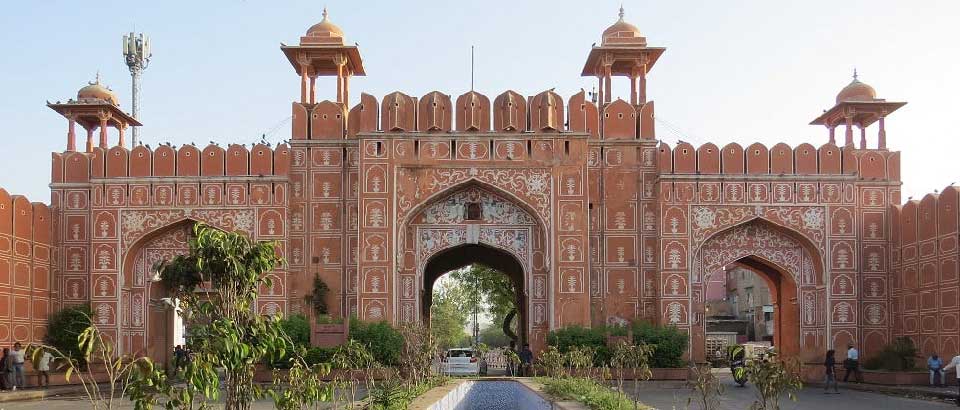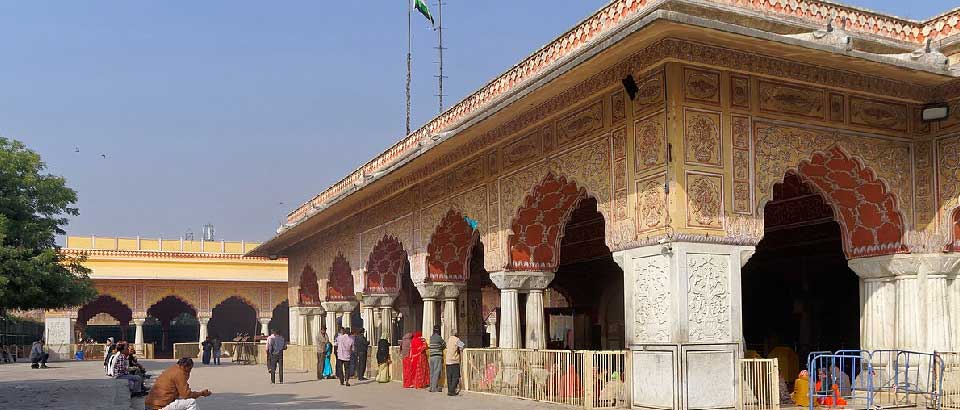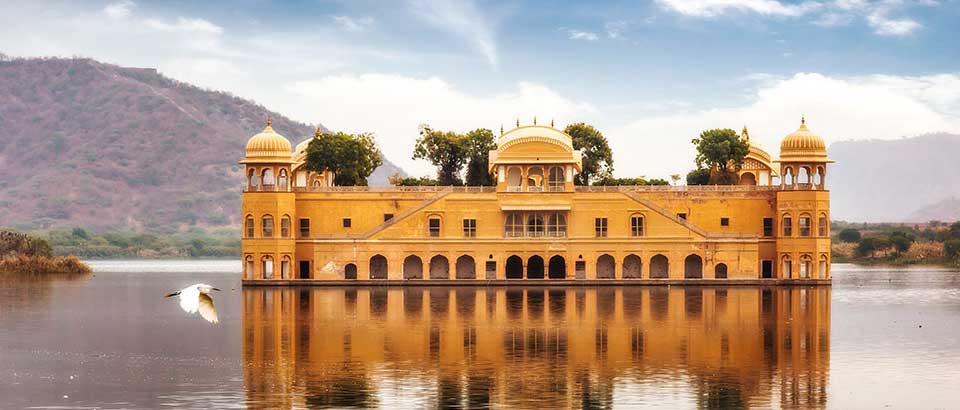- Have Any Question ?
- +91-9929358785
- 01414054824
- Info@thepinkcityholidays.com
Amber Fort: About, Time, History, Activities, Price

Chokhi Dhani Resort: About, Time, History, Activities, Price
March 1, 2023
Hawa Mahal: About, Time, History, Architecture, Price
March 1, 2023The stately Amber Fort, located in the famous Pink City, is its main claim to fame. Amber Fort is so well-known and significant that it is a UNESCO World Heritage Site, is among India's Ministry of Tourism's "17 Iconic Tourist Destinations," and is at the top of the "Hill Forts of Rajasthan" cluster.
The Aravalli Hills Range's Cheela ka Teela (Hills of Eagles) is where Amber Fort is located. It was built in the middle of the 16th century using marble and sandstone with pastel tones. The fort is a magnificent example of old construction and is made up of several palaces, halls, gorgeous courtyards, gardens, gates, walkways, and painted walls in addition to having all the necessary amenities including a water harvesting system and a drainage system.
Because of the fort's impressive architectural design, all of the kings and rulers of that era came to visit it as their primary destination. As of right now, Amber Fort is the best example of how Rajput and Mughal architectural styles can coexist together. As soon as you catch sight of Amber Fort, the Fort's beauty will cause you to pause for a while.
A Brief History:
Two decades were spent constructing the Amber Fort. Maharaja Man Singh initiated the building in 1592, and Sawai Jai Singh completed it at the beginning of the 18th century. Later, Rajput Monarchs and their families used the fort as a beautiful palace.
At that time, the city of Jaipur was known as the Amber Principality. Sawai Jai Singh eventually gave it the name Jaipur. Rajput and Mughal styles, which reflect the two opposing Hindu and Islamic styles, have been combined in the fort because of their strong ties to the Mughals.
Subsequently, Sawai Jai Singh and Sawai Jai Singh II constructed the forts known as Jaigarh Fort and Nahargarh Fort close to Amber Fort. A subterranean tunnel connects Amber Fort and Jaigarh Fort for safety reasons. In 2013, UNESCO designated the Amber Fort as a World Heritage property.
Exploring the Amber Fort:
The Amber Fort is enormous and intricate, making it occasionally challenging to navigate. The fort has four floors and a courtyard all to itself. This post will take you through each step of how to take in this Fort's splendor. Suraj Pol (Sun Gate), the main entrance gate, leads to the first courtyard.
- First Courtyard
There are a few staircases that lead to Jaleb Chawk and the main palace grounds. The Shilla Devi Temple is located to the right. The King's Army used to gather and parade in this courtyard. A second gate called Chand Pol is on the opposite side (Moon Gate).
- Second Courtyard
The Diwan-e-Aam (The Hall of Public Audience), where the king once heard the populace, is located here. The room's massive marble stone pillars are embellished with exquisite stonework, elephant head carvings, and lovely archways.
- Third Courtyard
Afterward, the walkway leads to Ganesh Pol, a doorway with Lord Ganesha-related artwork (The Elephant-Head God). This is Diwan-e-Khas, commonly known as Sheesh Mahal (Hall of Mirrors) because the entire room is adorned with shimmering mirrors. The mosaic is constructed so that a single candle in its center could illuminate the entire room.
- Fourth Courtyard
It is referred to as Zenana Mahal (Hall of Royal Women). The queens and other women used the hall in the middle to hold meetings. There are several queens' rooms ringing the courtyard around this hall.
Amber Fort Timing And Cost:
Fort Timing is from 08:00 am to 05.30 pm during the day. Since the fort has been a part of the Jaipur Night Tourism Program, the fort also can be visited from 06:30 pm to 09:30 pm. The sound & light show is hosted over the walls of the fort to display the history of the royal pink city – of Jaipur. This show is 50 minutes and is hosted from 06:30 pm to 08:30 pm.
The cost of entry fees for Indians is INR 25 per person and INR 10 for Indian Students per person. The cost for foreign nationals is INR 200 per person and INR 100 for foreign students. The cost of a sound and light show in English is INR 200 and in Hindi is INR 100 per person. Elephant rides cost around INR 900 per person.
Activities at the Amber Fort:
Visitors come from all over the world to Amber Forts because of their beauty, which makes them yearn for the Royal Life. Elephant rides are a must to enjoy activity here. If you are at Amber Fort then you must visit the Great Wall of Amber and enjoy trekking around. Visit the Kesar Kyari Garden which has been preserved since the time of the fort. Enjoy shopping for various souvenirs and handicrafts from local markets.








